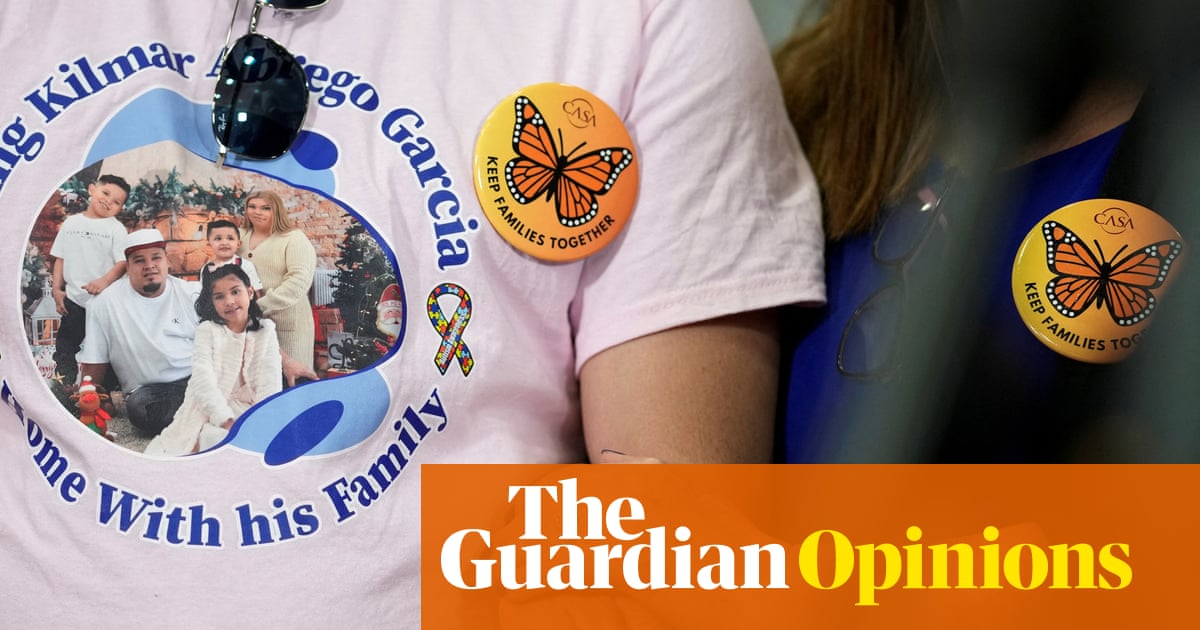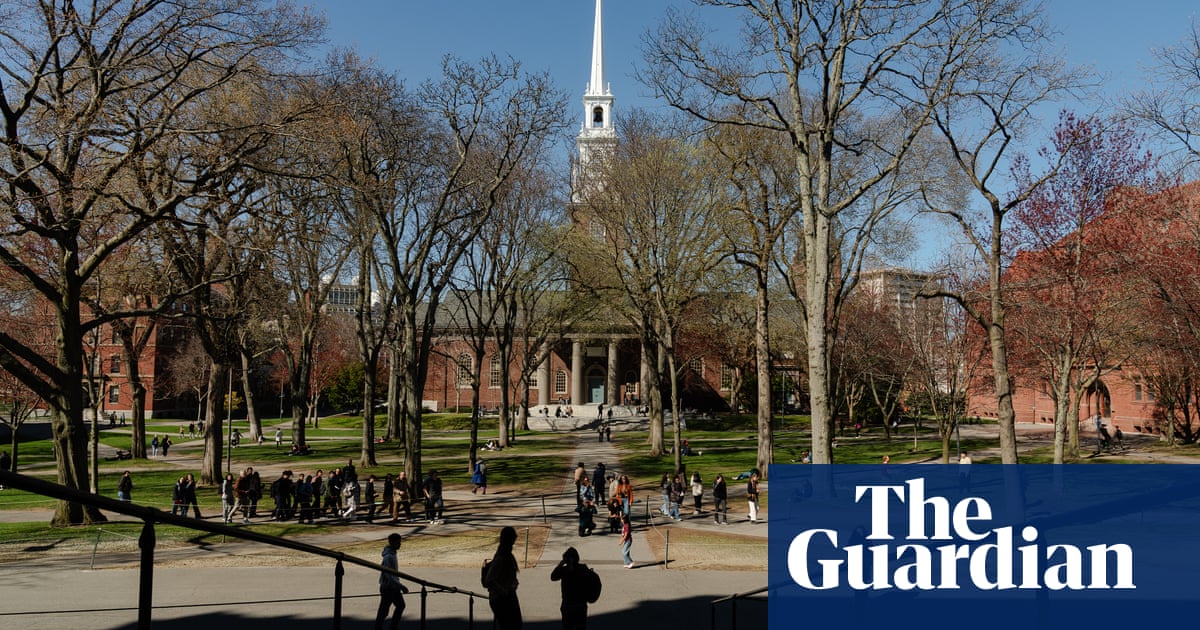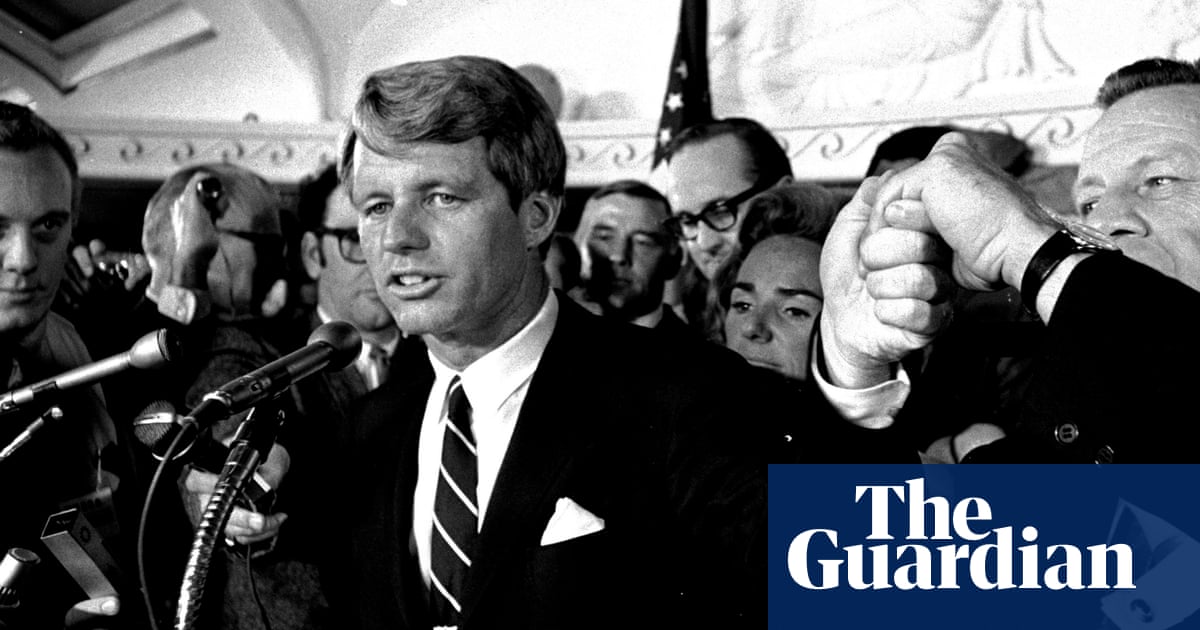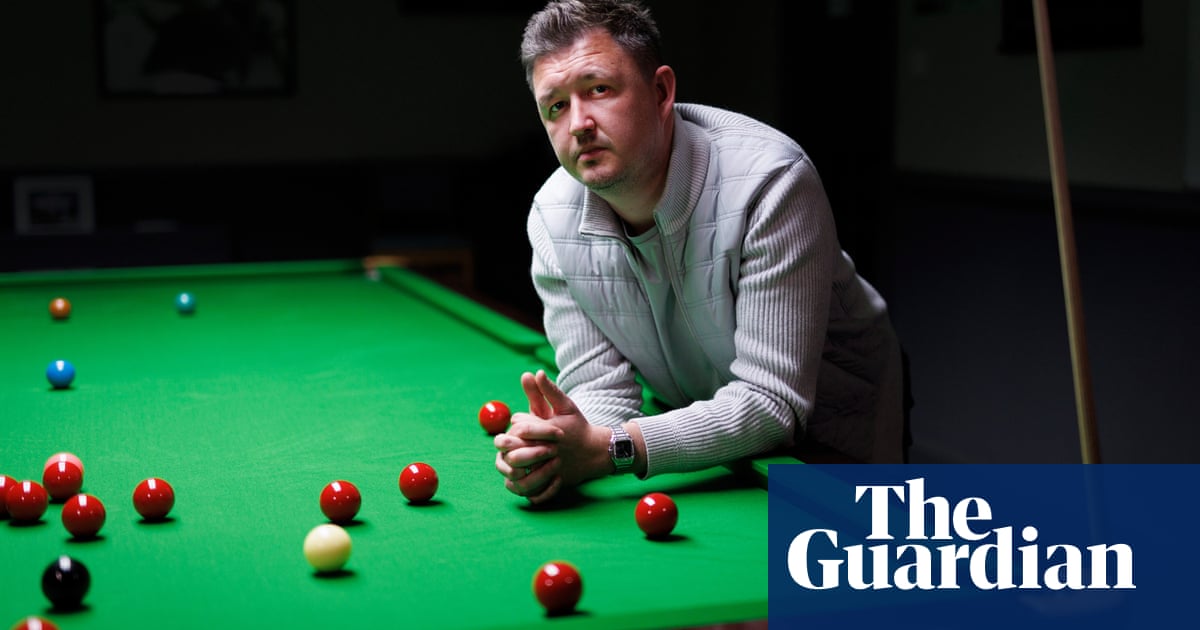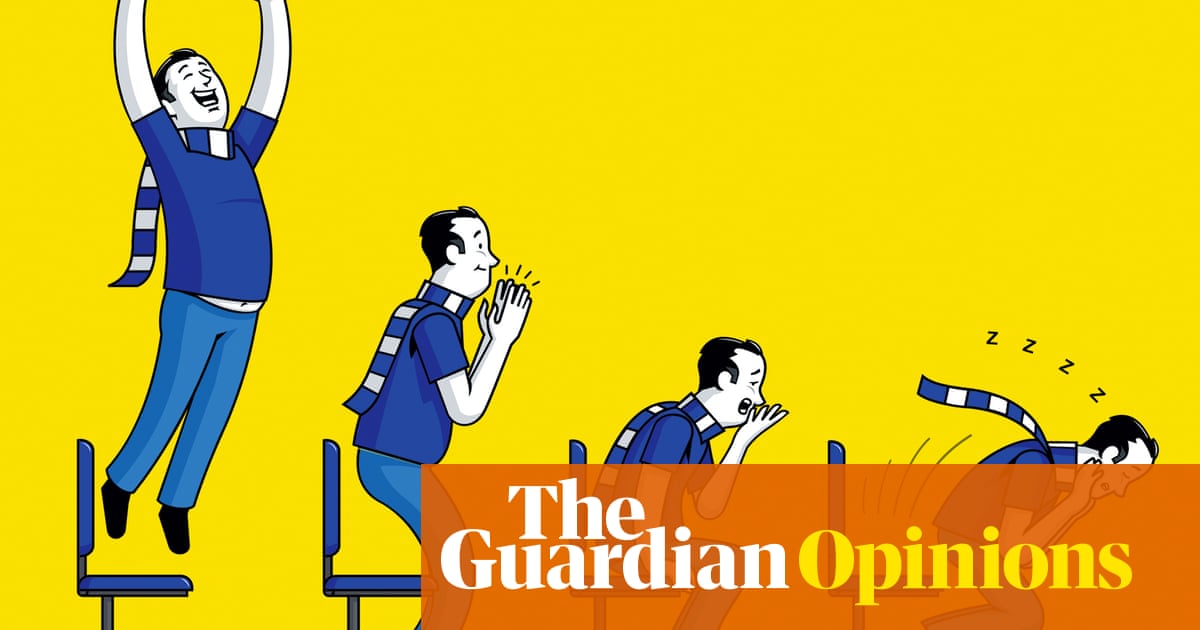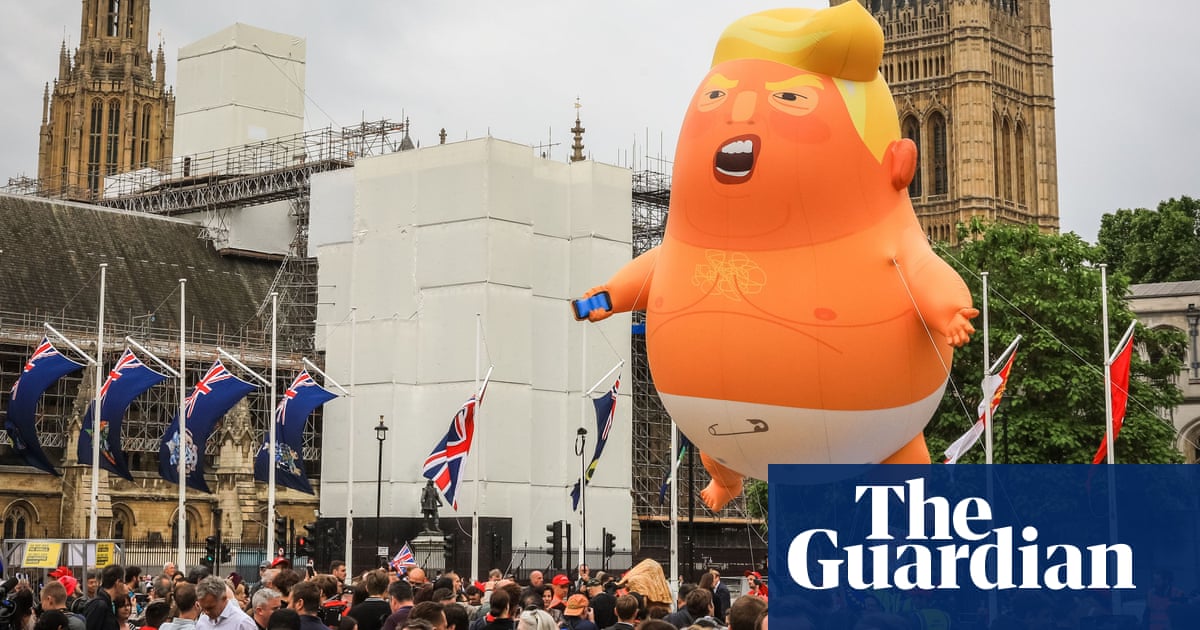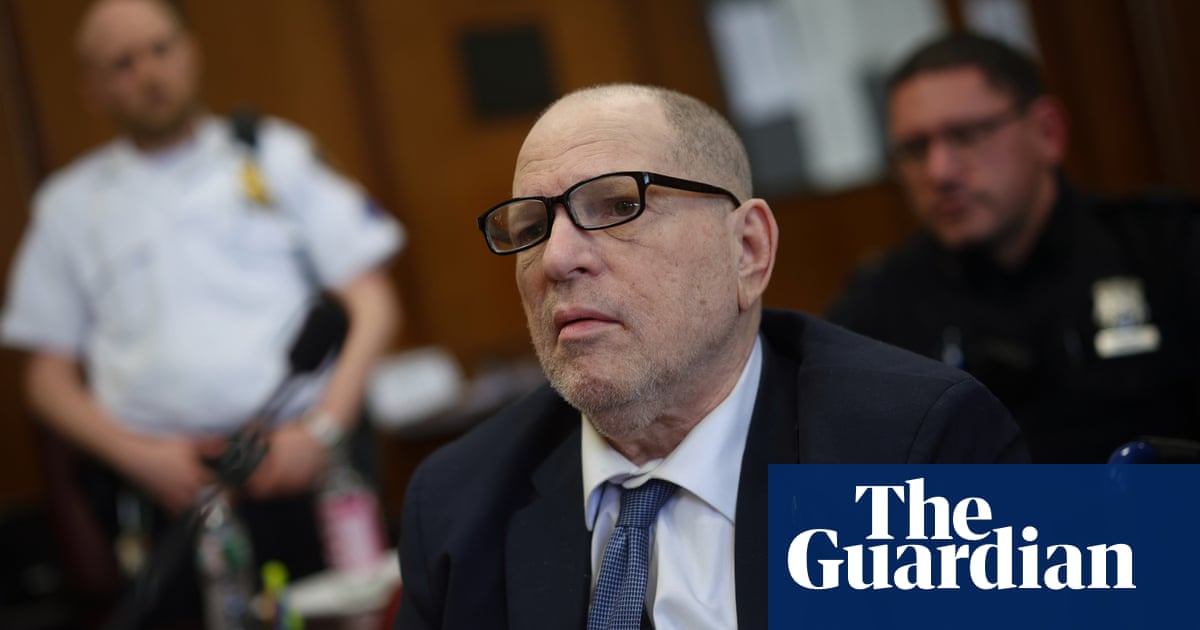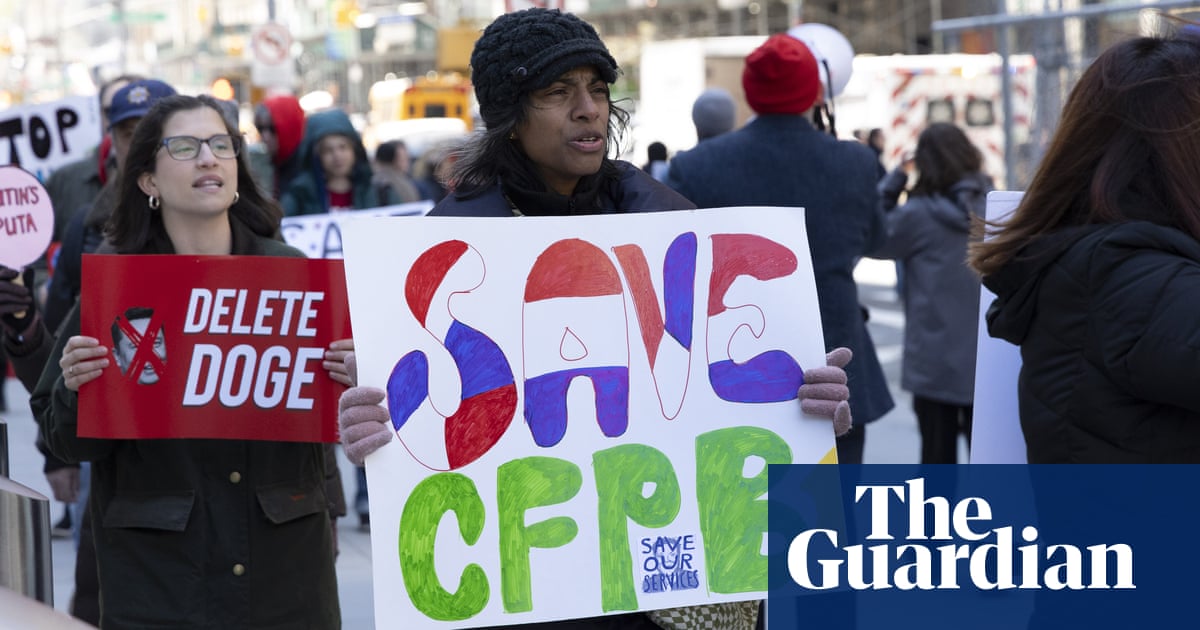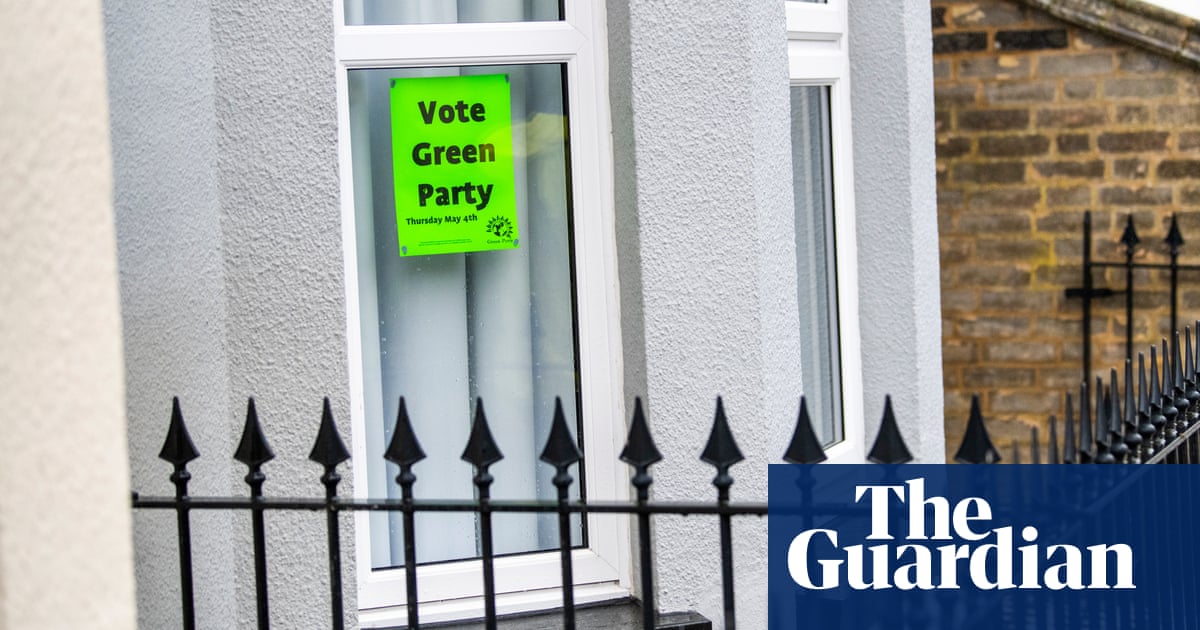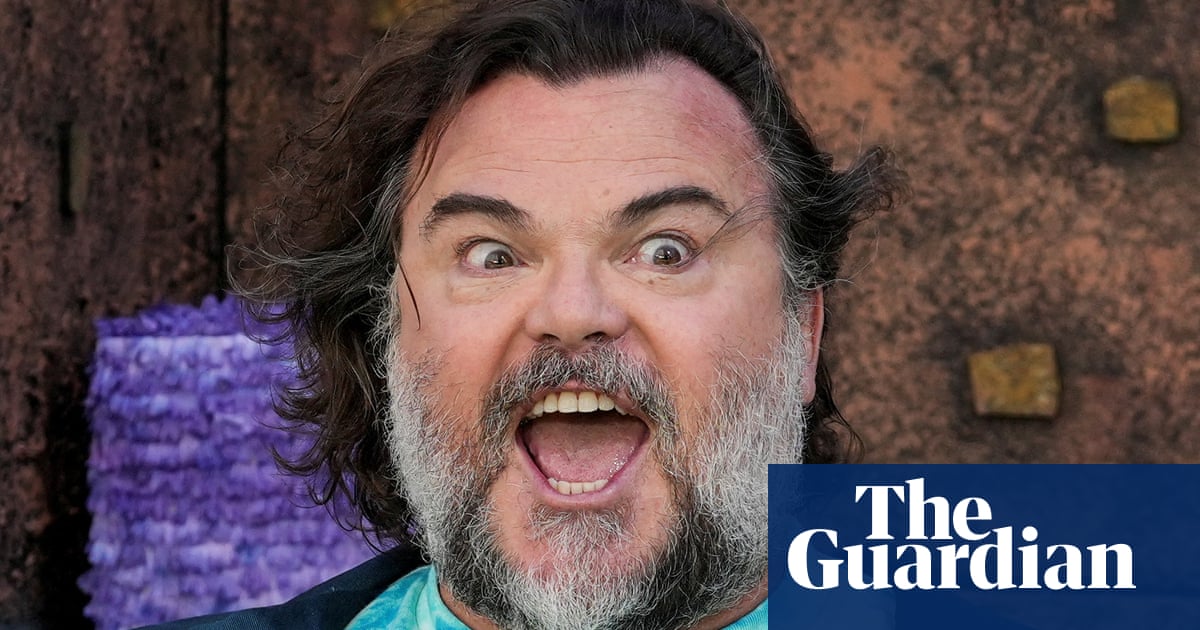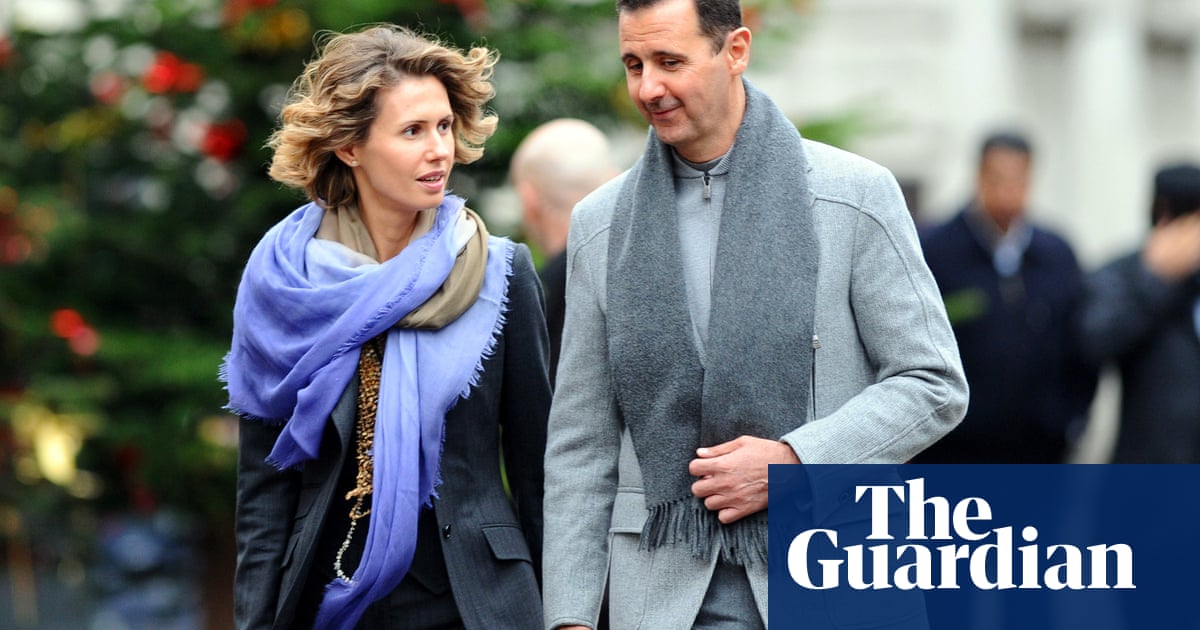Hello and welcome to The Long Wave. I’m Lanre Bakare and I usually cover arts and culture for the Guardian, but I’m taking over the newsletter this week to tell you about my new book, We Were There, a cultural history of Black Britain.
It’s set between 1979 and 1990, covering the rise and premiership of Margaret Thatcher, the UK’s first female prime minister, whose divisive but transformative remodelling of Britain is still felt today – and within that political upheaval, race dominated the headlines. But it was also a time when modern Black British culture was forged. I’ll talk you through five things I learned from my research.
What I discovered about Black Britain

Three years ago, in the early stages of my book research, I wrote about Black British people who attended northern soul nights in the 1970s. Clubs hosted “all-nighters” when fans would dance to often discarded soul tracks from a decade earlier. I was always told that northern soul, despite being a scene built on African American music, was a white movement and that Black British kids weren’t really interested in it. But when I went back and watched Tony Palmer’s amazing documentary Wigan Casino, which took film cameras inside an all-nighter at the famous club night, I spotted half a dozen Black faces in the crowd.
As soon as I saw them, I wanted to know their stories and how they had become part of this scene. What I discovered was teenagers who were obsessed with mod culture, football and soul music; young migrants who, for various reasons, had left places such as St Kitts, Jamaica and Ghana and settled in northern towns and cities. They were young people searching for a sense of belonging and northern soul gave that to them. The lesson I learned is that whenever someone presents an assumption about Black Britain and the subcultures we’ve belonged to, you’ll almost always find a counter-narrative of lives that have long been obscured.
TV reflected Black life beyond the capital

In the 1980s, when Black Britain was portrayed on television there was an understanding that Black life extended beyond the capital. Programmes such as Black Bag and Ebony on the Road made a concerted effort to tell true stories about Black communities in Chapeltown in Leeds and Butetown in Cardiff. The late 70s soap opera Empire Road, written by Michael Abbensetts, was shot on location on the streets of Handsworth in Birmingham. It’s hard to imagine Black television set in the Midlands or Wales today, as commissioners look to London for a supposedly more “authentic” representation of Black Britain.
Think of the recent Black dramas and comedies that have had success – I May Destroy You, Queenie, Dreaming Whilst Black, Supacell, Riches – they are all set in the capital. The BBC drama This Town, released last year, was a welcome exception – yet it’s clear we’ve lost the ability, or the interest, to look across the UK for stories about our culture. As the most recent census reveals, for the first time since at least 1991, the majority of Black people live outside London. To explore the true nature of Black Britain, we must document all of it.
Thatcher and Powell gave Labour a pass

Thatcher’s stance on race and immigration was hostile. In 1978, as leader of the opposition, she claimed that areas of Britain were being “swamped” by foreigners. Her comments after the Liverpool unrest in 1981, when she claimed the rioting was by young men “whose high animal spirits” had “wreak[ed] havoc” on the city, were clear dog whistles.
But during this period the Labour party, typically viewed as more progressive than the Conservatives, was also incredibly hostile to immigrants and often benefited from more outrageous comments by the Tories. Enoch Powell’s racist “rivers of blood” speech in 1968 came two months after the Labour home secretary, Jim Callaghan, claimed that the “increased flow” of south Asian migrants from east Africa to the UK was “continuing and might become a flood”. The influx, he argued, was “more than we could absorb”.
The 1968 Commonwealth Immigrants Act followed – and for the first time denied British citizens entry to the country on racial grounds. Callaghan’s biographer Kenneth Morgan points out that “from Callaghan’s perspective, Powell’s antics were a valuable distraction. They enabled the government to appear, by contrast, sane and balanced.” In reality, Callaghan (who would become prime minister and was the MP for Butetown) laid the groundwork for the legislation that led to the Windrush scandal.
after newsletter promotion
Urban renewal was one of Black Britain’s biggest foes

Urban renewal programmes intended to rebuild postwar Britain were, in fact, quite destructive to Black British communities. It’s clear why renewal was necessary and desirable to remodel Britain: old, often dangerous housing would be replaced by new homes designed to modernist principles. Yet poor construction meant many of these new properties – for example, Hulme Crescents in Manchester – were not fit for purpose.
A knock-on effect was felt by home-owning Black Britons whose properties were bought, often for tiny sums, and who were then relocated in new council accommodation. This significantly weakened the economic potential of Black Britons who could, for example, have used their homes as collateral in order to start a business. This pattern was repeated across the UK where Black communities were often on the frontline of the mass redevelopment phases that were introduced during the 1960s and reappeared in the 80s, first in London Docklands, then in Liverpool and Cardiff.
Uncles and aunties had beef

One thing that shocked me while writing the book was the amount of beef people from this era had with one another. Some people still don’t talk because of things that happened in the 80s. It makes sense. Often they were in campaign groups or activist circles where one, usually male figure, would dominate. That led to some people being marginalised. Other times there were personality clashes, which isn’t uncommon in an environment where outspoken, politically driven people come together for a cause.
The final chapter is about Black rugby league players, who I assumed would all be friends, united by their position as outsiders in this ultra macho sport. But they often kept intense professional rivalries, in some cases to keep an edge over a competitor, in others because they genuinely despised each other.
-
We Were There: How Black Culture, Resistance and Community Shaped Modern Britain by Lanre Bakare is published by Bodley Head (£22). To support the Guardian and the Observer buy a copy at guardianbookshop.com. Delivery charges may apply.
-
To receive the complete version of The Long Wave in your inbox every Wednesday, please subscribe here.

.png) 2 days ago
10
2 days ago
10
